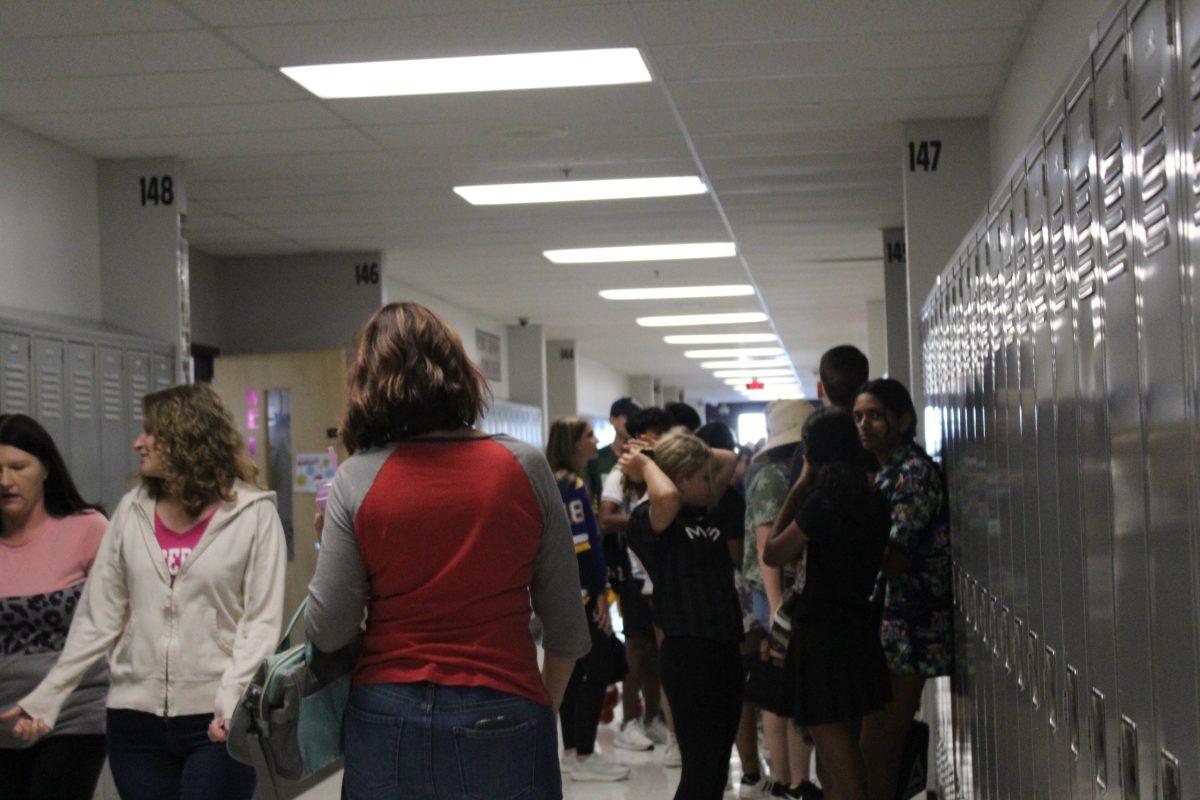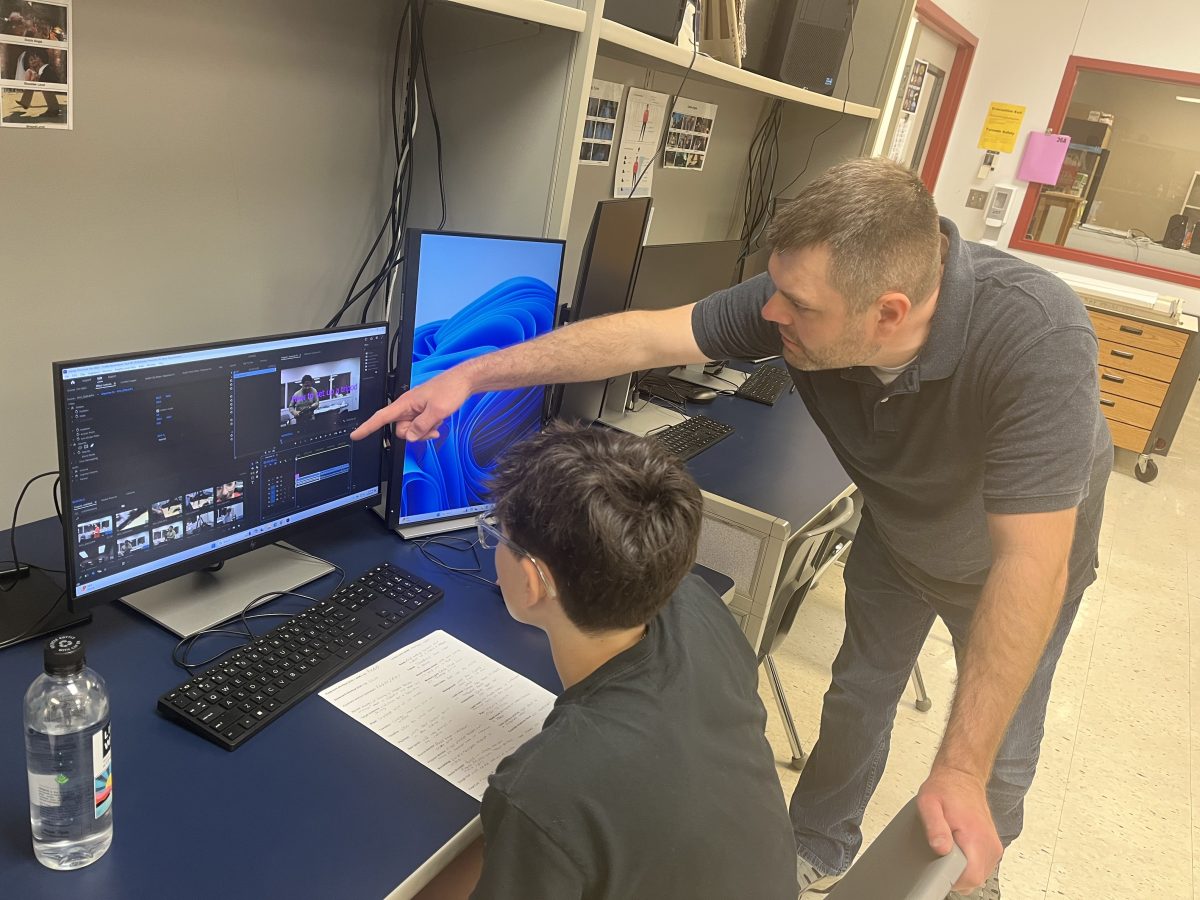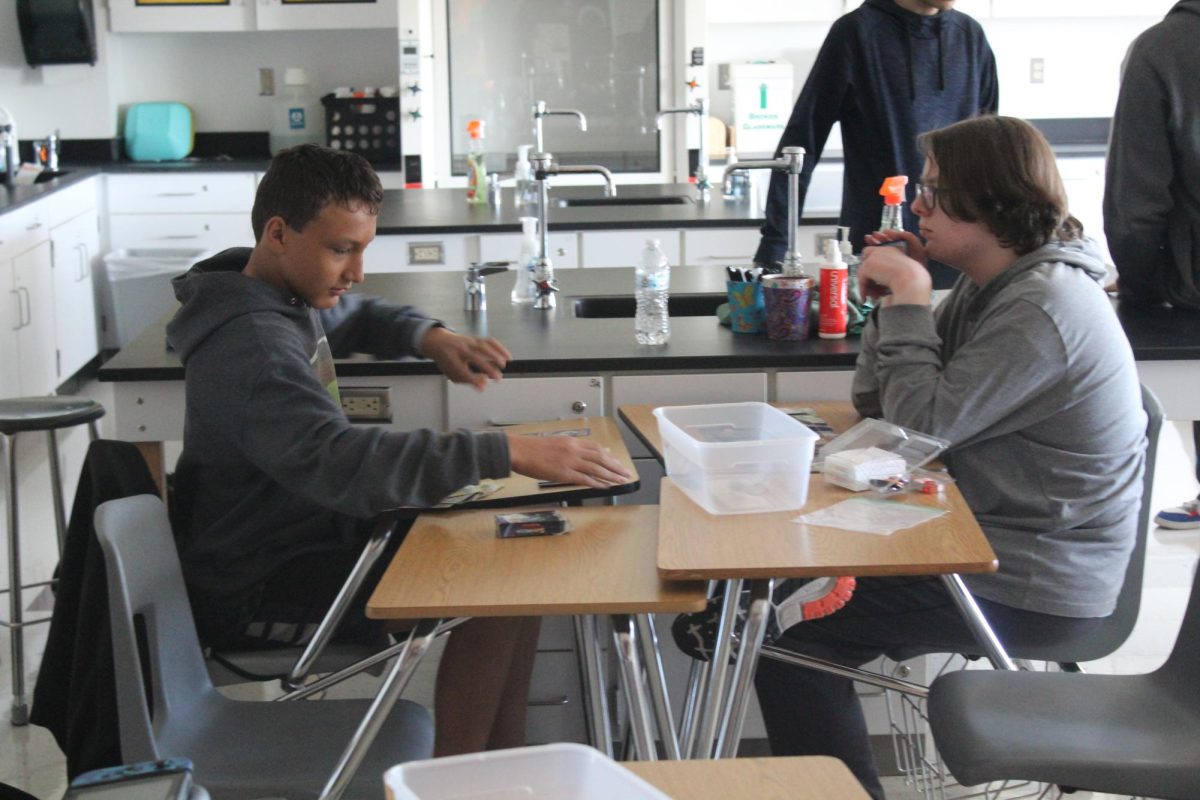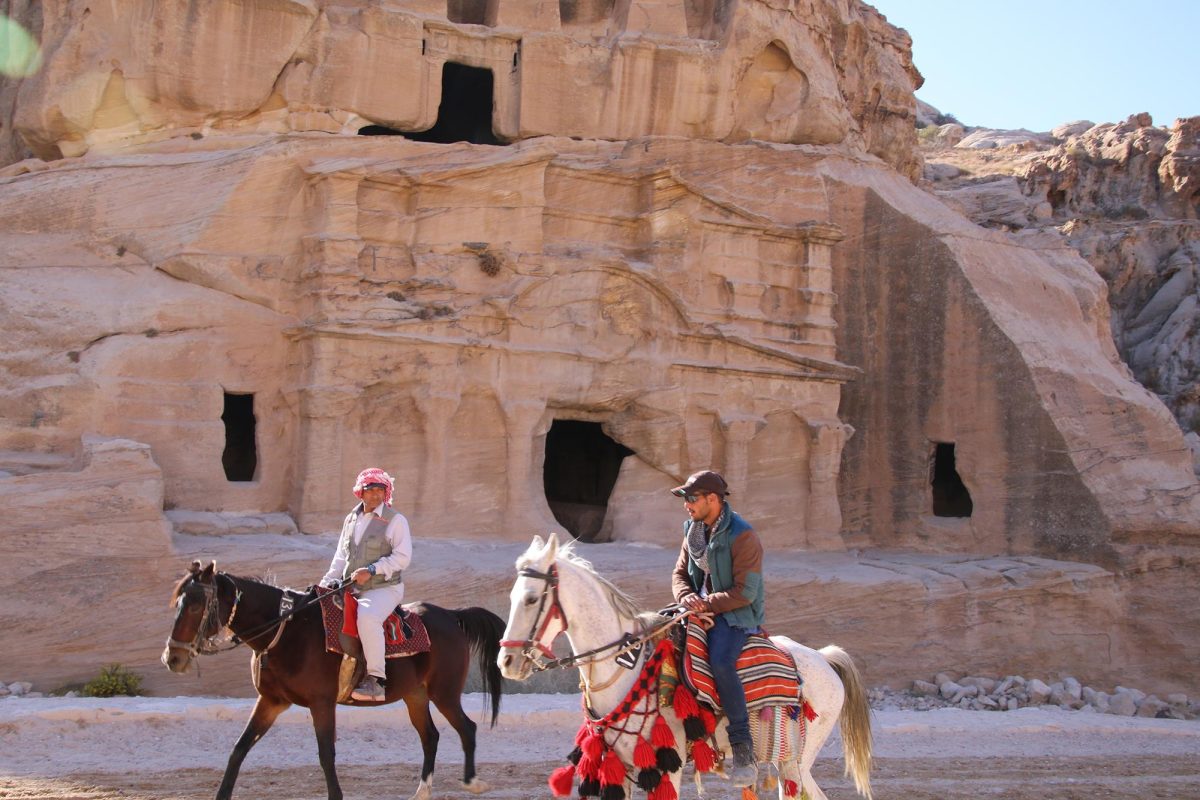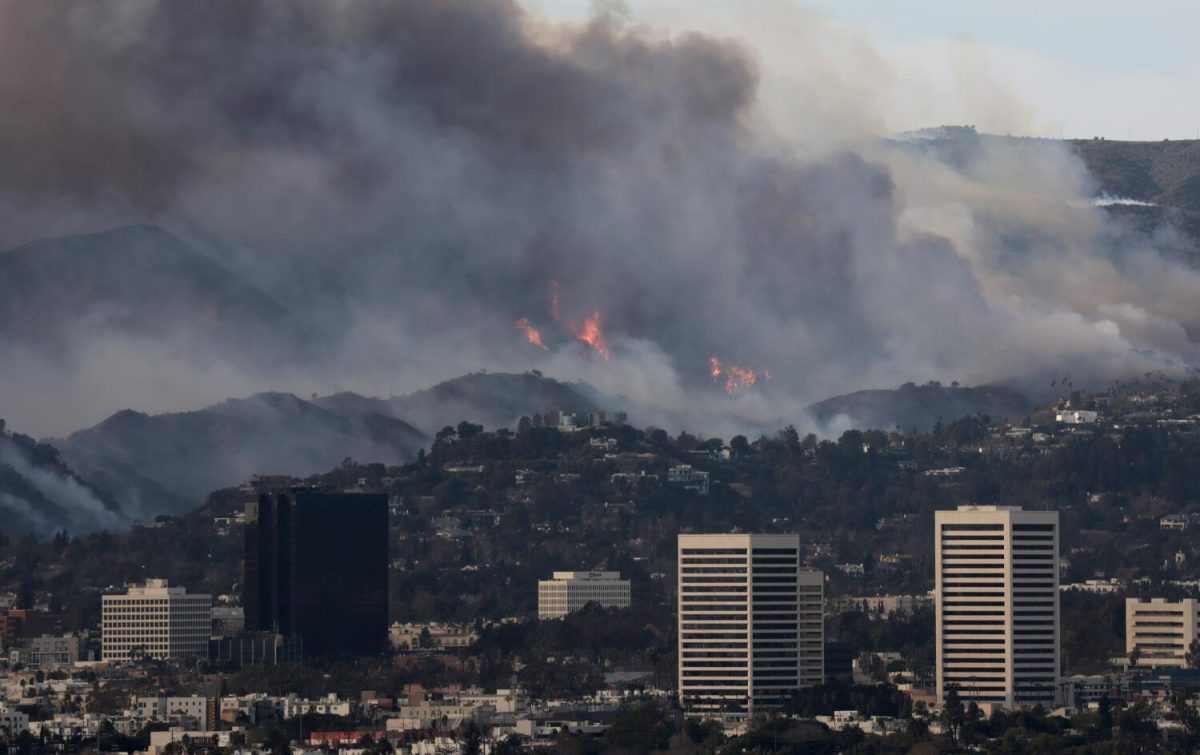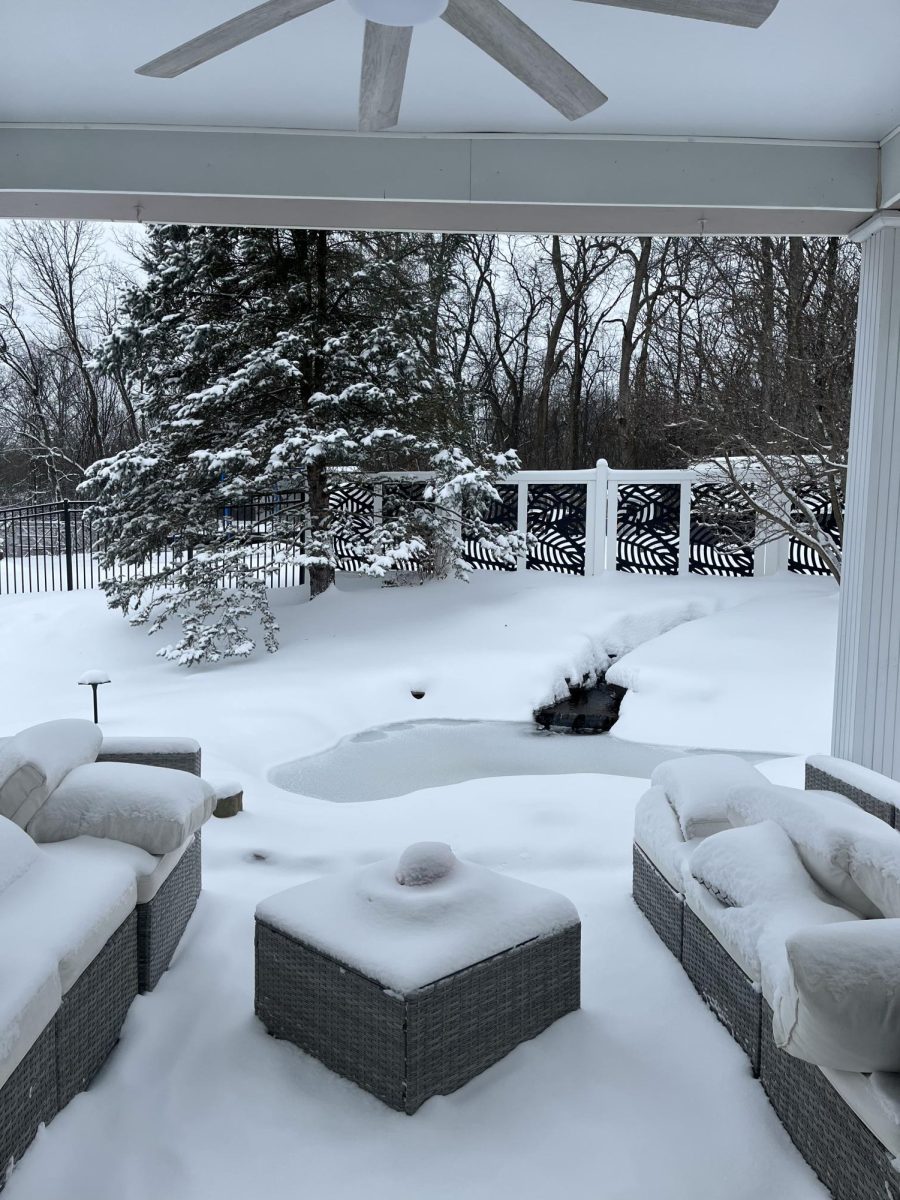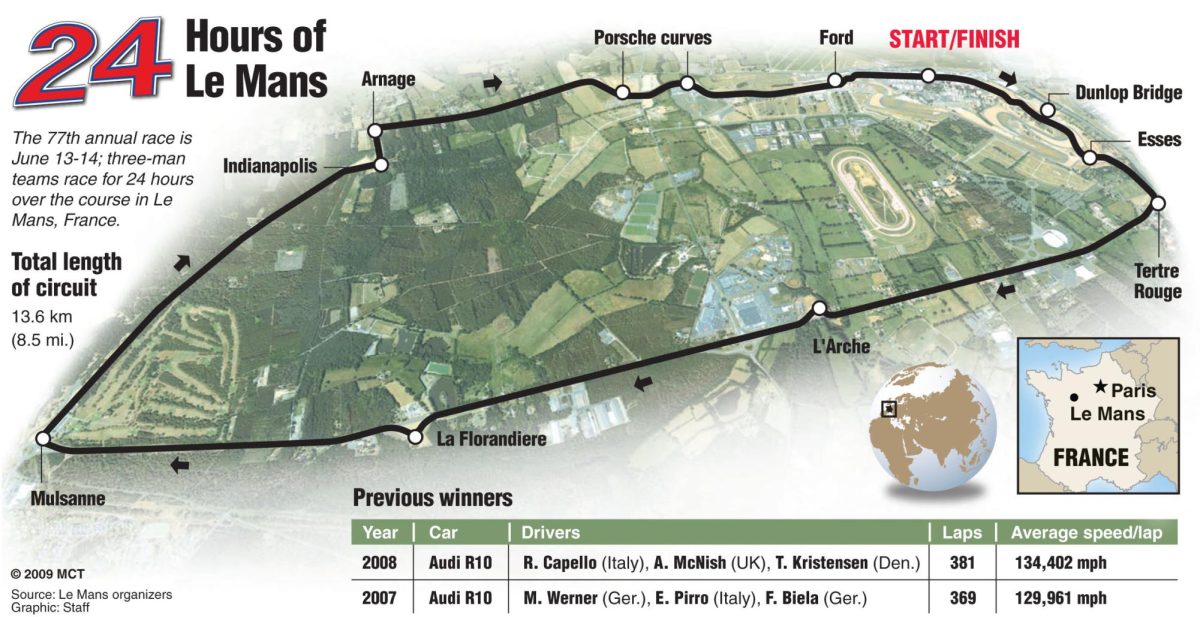Impact in our Surroundings
What is happening with climate change
As the weather begins to alter, climate change can begin to have widespread effects on the world again, according to climate.nasa.gov. Ice and glaciers are shrinking, river and lake ice are breaking up earlier than usual, geographic ranges are shifting and there is heavier rainfall. This past summer, Missouri Lt. Gov. Mike Kehoe declared a state of emergency due to the heavy rain and flooding in the St. Louis area. The flooding would break the 100-year-old record of 6.85 inches.
Some changes are beginning to occur faster than scientists have considered in the past, according to climate.nasa.gov. It is expected for temperatures to continue rising, which is mainly due to greenhouse gases. Greenhouse gases act like a blanket to the Earth, making the atmosphere warmer than it would be on average, according to epa.gov.
A report from the Intergovernmental Panel on Climate Change’s Sixth Assessment found that human emissions of heat-trapping gasses have increased climate warmth by nearly two degrees Fahrenheit since pre-industrial times. The global average can be expected to exceed about three degrees Fahrenheit in the next few decades.
Since Earth’s temperature depends on the balance between energy entering and leaving its system, incoming energy that is absorbed warms the planet. Once this energy is absorbed, Earth will release back the energy into the atmosphere as heat, according to climate.nasa.gov.
Carbon Dioxide (CO₂) is one of the primary greenhouse gasses contributing to climate change. It is the gas that burns fossil fuels, trees, solid fuels and other materials natural to the Earth. CO₂ is absorbed and emitted naturally in several different ways, such as part of the carbon cycle, plant and animal respiration and ocean-atmosphere exchange. One major issue the world is facing today is the number of people disturbing the carbon cycle by burning fossil fuels, according to nasa.gov.
While climate change may be irreversible as a whole, according to pnas.org, there are still ways to help limit it. Most can start by saving energy at homes, such as lowering heat and cooling, switching to LED light bulbs or different energy-efficient electric appliances. Walking, biking or using public transportation to get around are other simple ways to reduce greenhouse emissions. During long-distance trips, consider taking a bus, train or carpool. Providing more vegetables, fruits and whole grain foods into the diet can significantly reduce environmental impact. Producing plant-based foods can typically require less energy and eventually result in less greenhouse gas emissions, according to un.org.

